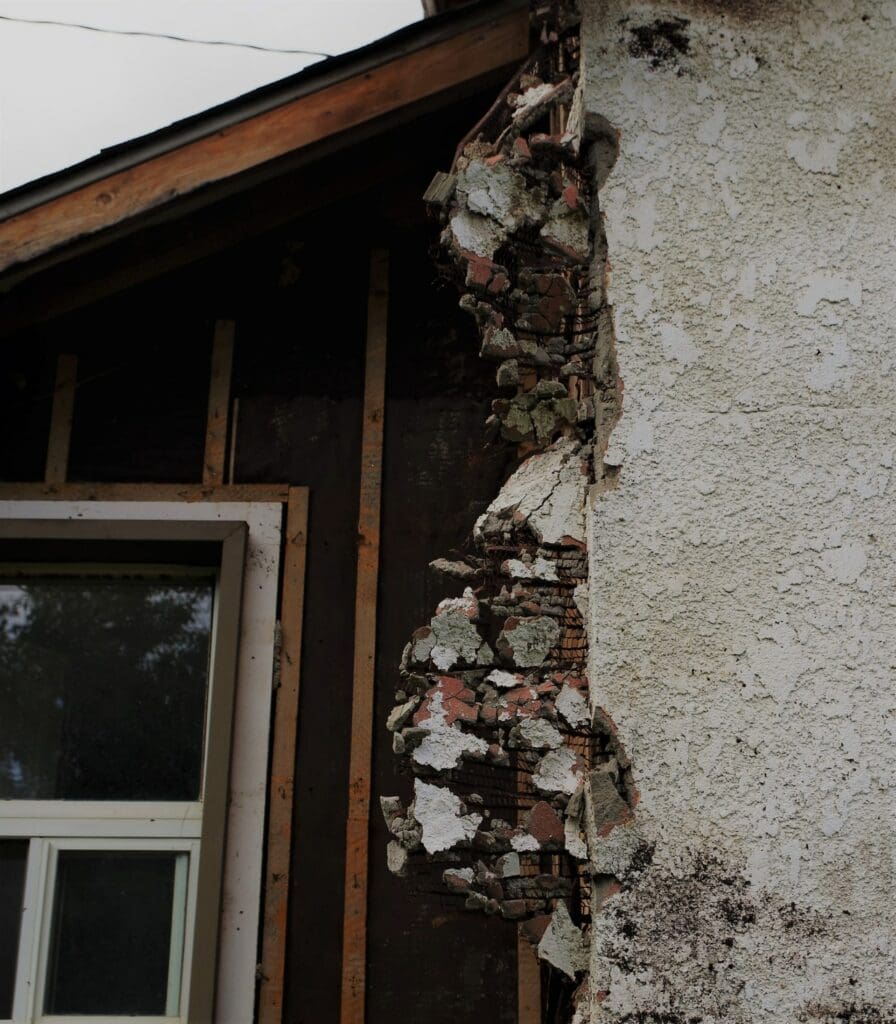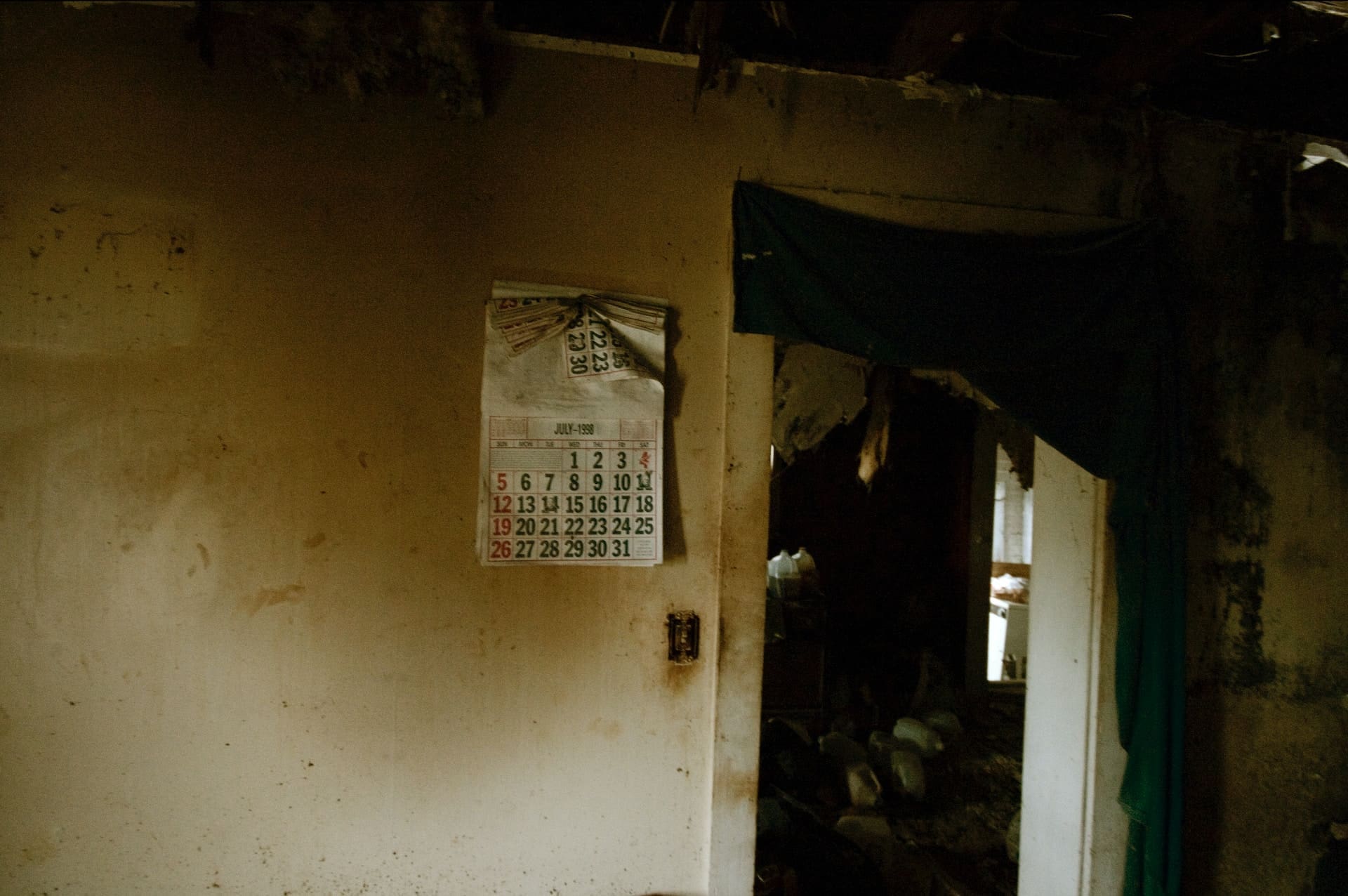Asbestos contamination is a serious concern that requires careful planning and execution for effective treatment. The duration of the treatment process can vary depending on several factors, including the extent of contamination, the size of the area affected, and the specific treatment methods employed. In this article, we will explore the different stages involved in treating asbestos contamination and provide a comprehensive overview of the timeframes typically associated with each stage.
Stage 1: Assessment and Planning
The first stage in treating asbestos contamination is conducting a thorough assessment of the affected area. This involves identifying the presence of asbestos-containing materials (ACMs) and determining the extent of the contamination. Additionally, a detailed inspection is carried out to assess any potential risks to human health and the environment.
Once the assessment is complete, a comprehensive treatment plan is developed. This plan outlines the specific steps to be taken, the necessary resources, and the estimated time required for each stage of the treatment process.
Stage 2: Preparation and Setup
Before any treatment can begin, proper preparation and setup are essential. This involves obtaining the necessary permits and approvals, ensuring the availability of the required equipment and materials, and implementing safety measures to protect workers and occupants of the affected area.
During this stage, the site is carefully prepared, including the isolation of the contaminated area to prevent the spread of asbestos fibers. Protective barriers and containment systems are put in place to minimize the risk of cross-contamination.
Stage 3: Removal and Disposal
The actual removal of asbestos-containing materials is a critical stage in the treatment process. Trained and certified professionals follow strict procedures to safely remove and dispose of ACMs. Specialized equipment and personal protective gear are used to minimize the release of asbestos fibers into the air.
The duration of the removal stage depends on several factors, such as the quantity and type of ACMs, the complexity of the removal process, and the size of the contaminated area. Small-scale removal projects may take a few days, while larger and more complex projects can take several weeks or even months to complete.
Once the removal is complete, the collected asbestos waste is carefully sealed and transported to licensed disposal facilities in accordance with local regulations.
Stage 4: Clearance Testing and Monitoring
After the removal of asbestos-containing materials, thorough clearance testing is conducted to ensure that the area is safe and free from any residual asbestos fibers. This involves air sampling, surface wipe sampling, and other testing methods to verify that the contamination has been effectively treated.
Monitoring may also be carried out for an extended period to ensure the long-term effectiveness of the treatment. This typically involves periodic air sampling and inspections to detect any potential recontamination.
Conclusion
Treating asbestos contamination is a complex and meticulous process that requires careful planning, execution, and monitoring. The duration of the treatment process can vary depending on the specific circumstances of each project. It is crucial to engage qualified professionals with expertise in asbestos removal and remediation to ensure the safe and effective treatment of asbestos contamination.
By following proper procedures and adhering to relevant regulations, it is possible to successfully treat asbestos contamination and create a safe environment for occupants. If you suspect the presence of asbestos in your property, it is recommended to consult with experienced professionals who can assess the situation and provide appropriate guidance.
Remember, asbestos poses significant health risks when disturbed or improperly handled. Prioritize safety and work with experts to ensure the proper treatment of asbestos contamination.




